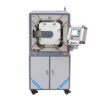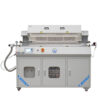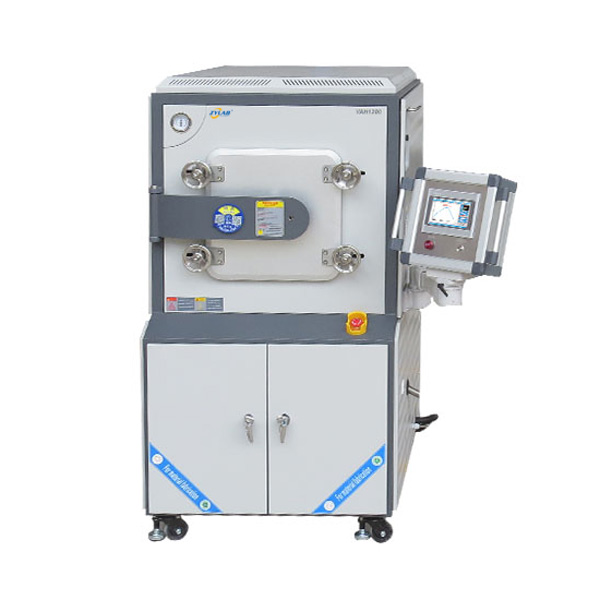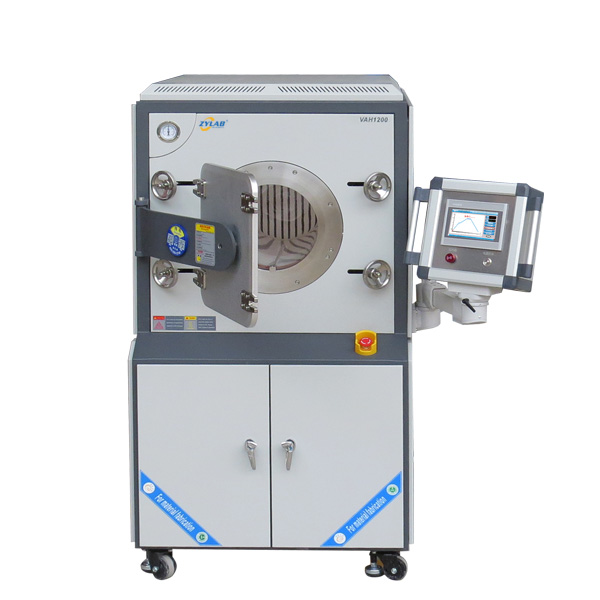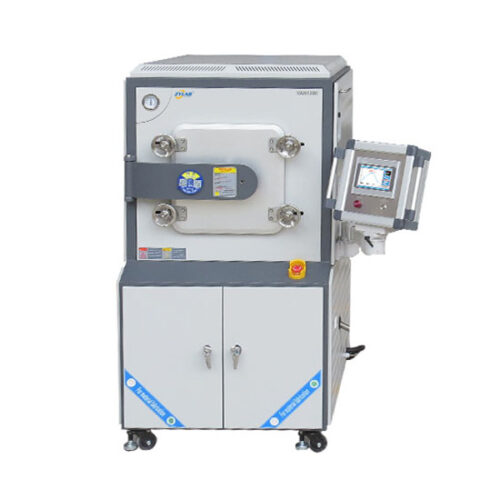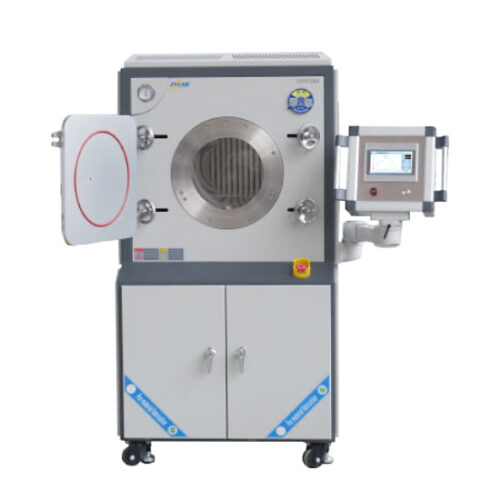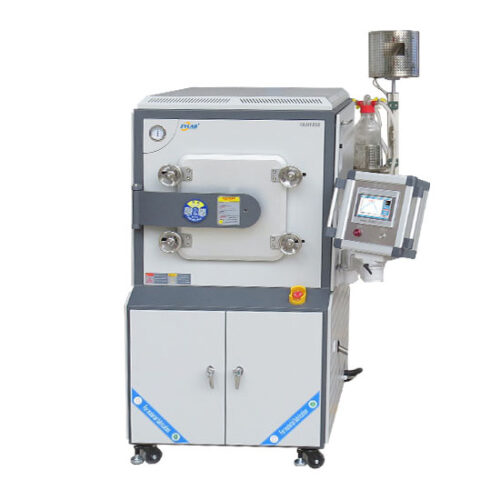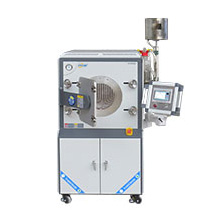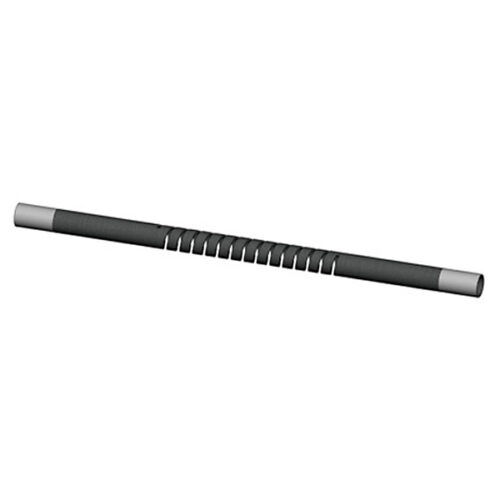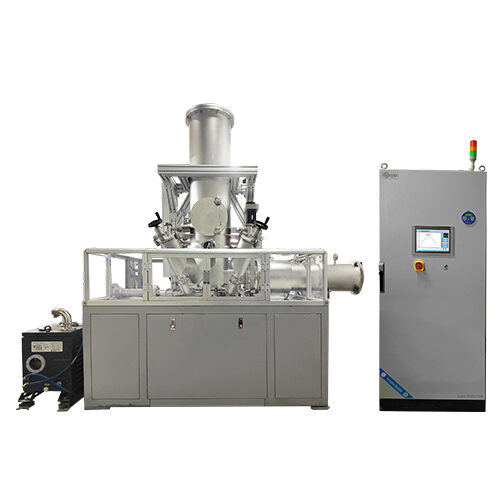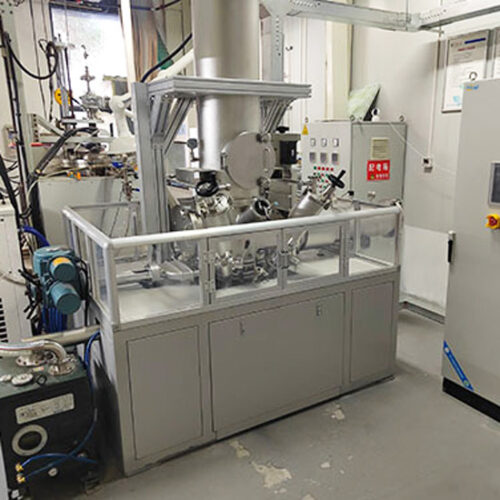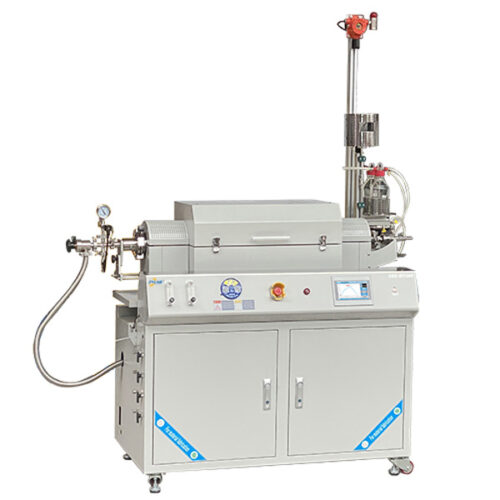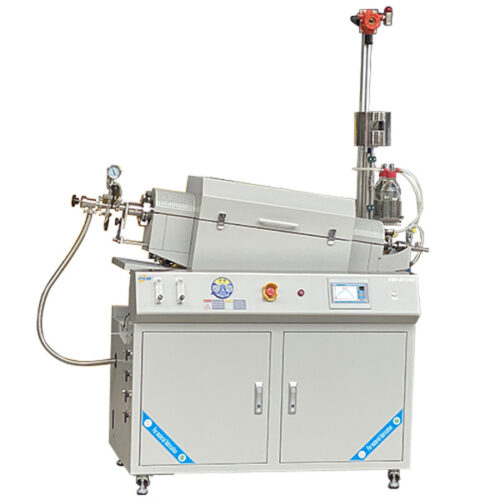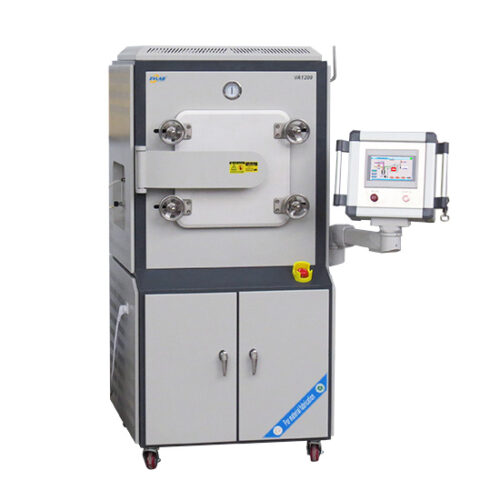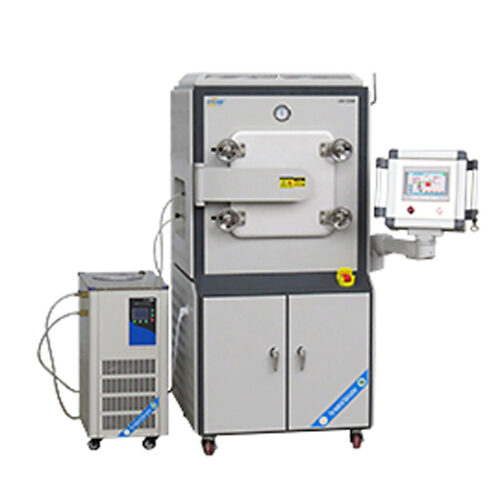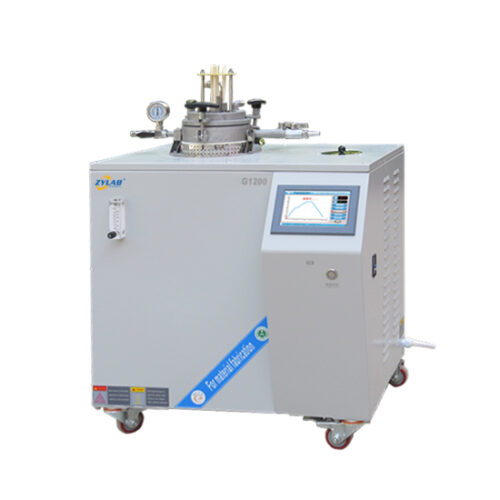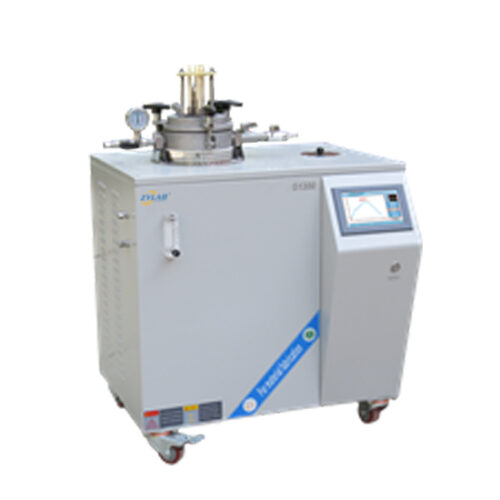ZYLAB 3D Printing Vacuum Furnace
Introduction
ZYLAB 3D Printing Vacuum Furnace features a high-purity quartz reaction chamber, enabling high-vacuum conditions essential for advanced material processing.
Its wrap-around heating design ensures rapid heating, precise temperature control, and uniform thermal distribution. The furnace chamber can be custom-built to meet specific user requirements, offering maximum flexibility for diverse applications.
This furnace is ideal for the sintering and heat treatment of metal and ceramic 3D printed parts, as well as high-temperature alloys and composite materials, making it an excellent choice for aerospace, automotive manufacturing, electronic packaging, and industrial component production.
Key Features
-
High-Purity Quartz Chamber: Ensures ultra-clean, high-vacuum conditions ideal for sensitive material processing.
-
Wrap-Around Heating Design: Enables rapid temperature rise, precise control, and uniform thermal distribution throughout the chamber.
-
Vacuum and Atmosphere Compatibility: Supports both vacuum and inert/reducing atmosphere sintering for versatile applications.
-
Intelligent Temperature Control: Utilizes advanced self-tuning fuzzy PID technology for high-precision control (±1°C).
-
Energy-Efficient Insulation: Features lightweight high-purity alumina fiber lining for excellent thermal insulation and energy savings.
-
Stable & Safe Operation: Offers reliable control, user-friendly operation, and comprehensive safety protection systems.
-
IoT & Remote Access: Built-in Wi-Fi and PC connectivity allow for real-time remote monitoring and operation via smartphone or computer.
-
Data Logging & Recipe Storage: Automatically records sintering parameters for up to 30 days and supports storage of up to 20 programmable process recipes.
-
Network Integration: Equipped with RJ45 interface and TCP/IP protocol for integration with upper-level control systems (software required).
Applications of 3D Printing Vacuum Furnace
The ZYLAB 3D Printing Vacuum Furnace is specially designed for the post-processing of metal and ceramic 3D printed components. It is ideal for:
-
Stress relief annealing to eliminate internal stress and prevent deformation or cracking.
-
Alloy homogenization and diffusion under high-temperature vacuum or inert atmospheres.
-
High-temperature sintering of ceramic parts to enhance density and mechanical strength.
-
Atmosphere-protected sintering (e.g., nitrogen or hydrogen) to control phase transitions and prevent oxidation.
-
Thermal treatment of high-temperature alloys and composite materials, including carbon fiber-reinforced parts.
Technical Specifications of 3D Printing Vacuum Furnace
| Model | VAH1200-30 | |
| Power Supply | AC 380V, 10KW | |
| Heating Element | High-quality Fe-Cr-Al alloy wire | |
| Temperature Control Accuracy | ±1°C | |
| Thermocouple Type | K-type | |
| Maximum Temperature | 1100°C | |
| Heating Zone Dimensions | φ300 × 690 mm | |
| Furnace Dimensions | 1100 mm (L) × 1100 mm (D) × 1650 mm (H) | |
| Recommended Heating Rate | ≤10°C/min | |
| Vacuum Level | ≤10 Pa | |
| Temperature Distribution |  |
Refer to attached heating zone curve chart |
| Control System Features |  |
|
| Temperature Accuracy | ±1°C | |
| Quartz chamber | 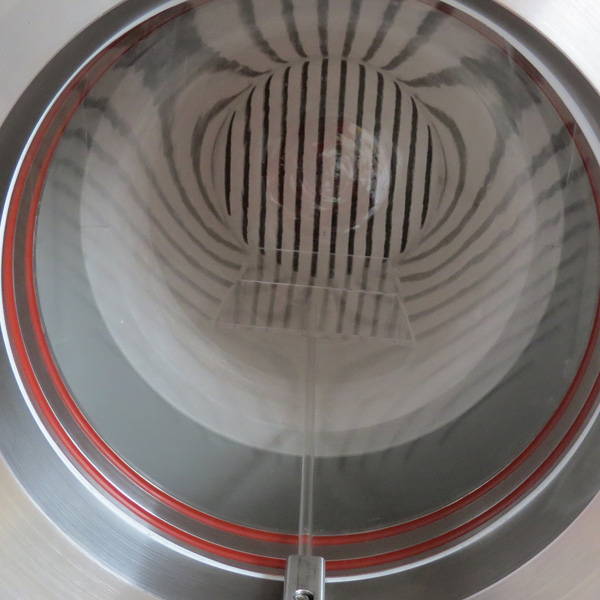 |
High-purity quartz tube |
| Gas Supply |  |
1 high-precision float flowmeter |
| Pressure Measurement | 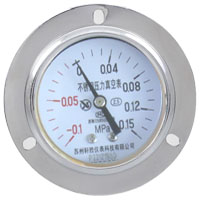 |
Mechanical pressure gauge with shock-absorbing oil |
| Quartz door block | 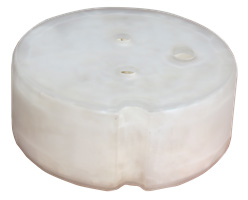 |
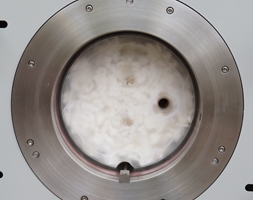 |
| Net Weight | Approx. 300 kg | |
| Service Support | 1-year warranty with lifetime support (does not cover consumables such as furnace tubes and seals). | |
Precautions for Using
-
Pressure Limit:
During operation, the internal pressure of the quartz tube must not exceed 0.15 MPa (absolute pressure) to prevent equipment damage due to overpressure. -
Temperature Limit Under Vacuum:
When operating under vacuum, the maximum working temperature should not exceed 1000°C. -
Gas Supply Regulation:
Gas cylinders typically have high internal pressure. A pressure regulator must be installed when introducing gas into the furnace tube. It is recommended to use a low-pressure regulator for laboratory use with a range of 0.01 MPa to 0.15 MPa (gauge pressure) for greater safety and precision. -
Vacuum Restrictions Above 1000°C:
When the furnace temperature exceeds 1000°C, the quartz tube must not be under vacuum. The internal pressure should be kept at atmospheric pressure to avoid damage to the quartz chamber. -
Maximum Operating Temperature at Atmospheric Pressure:
For long-term use at atmospheric pressure, the maximum safe temperature for the high-purity quartz tube is ≤1150°C. -
Exhaust During Heating:
The exhaust valve should be opened during heating and sintering to prevent pressure buildup inside the chamber. If the exhaust valve must be closed during heating, monitor the pressure gauge constantly. If the absolute pressure drops below 0.05 MPa (vacuum) or rises above 0.15 MPa (positive pressure), the exhaust valve must be opened immediately to prevent chamber rupture. -
Cooling System Requirement:
A water chiller must be connected before conducting high-temperature sintering to prevent the high-temperature silicone sealing rings from melting. -
Material Caution:
Avoid sintering materials containing alkaline ions, as these may cause devitrification or damage to the quartz chamber.
For More Content
Please read our blog: Applications of Vacuum Furnaces in Materials Preparation: An In-Depth Guide
For More Options on Vacuum Furnaces
Please visit our website [Vacuum Furnaces]
For More Options on High Temperature Furnaces
Please visit our website [High Temperature Furnaces Collection]

